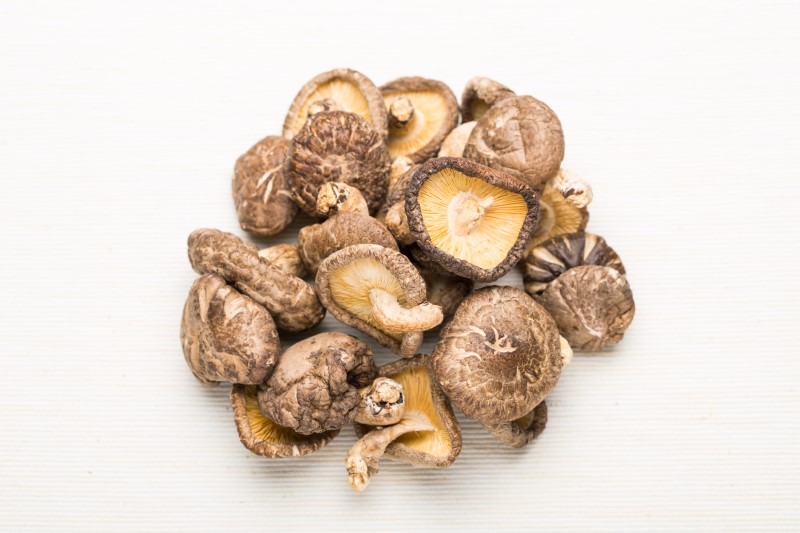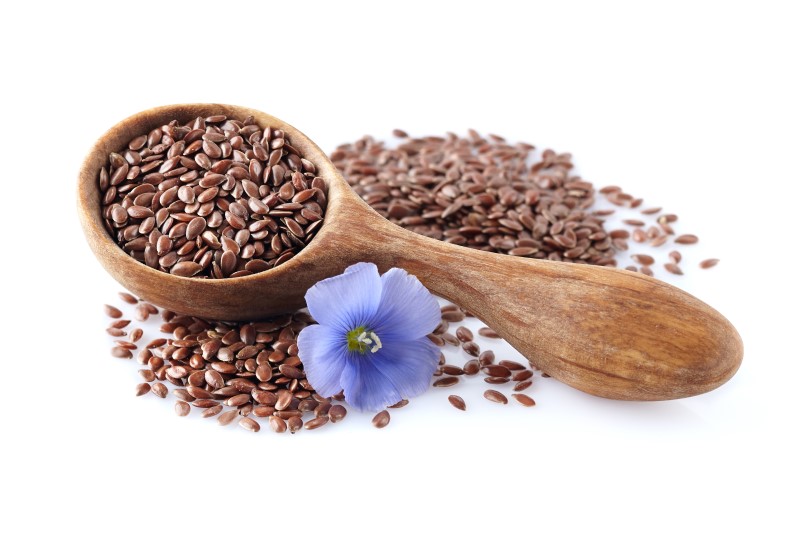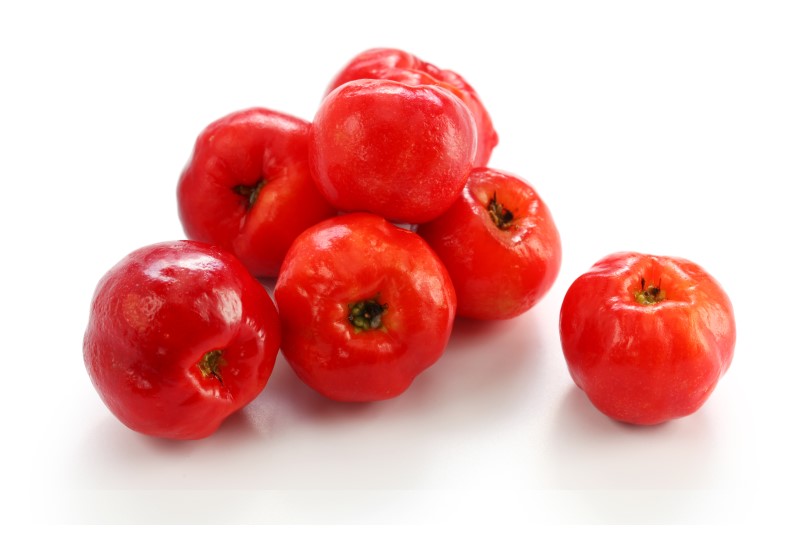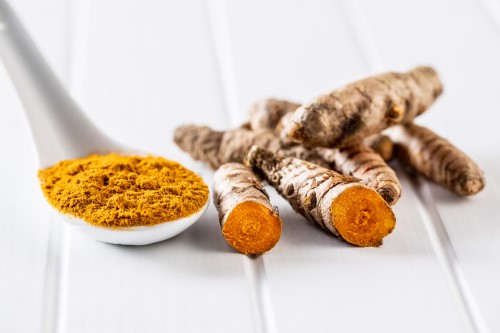Lentinula edodes (Berk.) Pegler, also known as shiitake mushroom, is the most popular edible macrofungus, belonging to the Basidiomycota. Shiitake fruiting bodies and mycelium are a source of several nutrients and bioactive compounds with numerous positive health effects, as numerous studies have shown. Shiitake contains about 68-78% of carbohydrates (mono-, di-, tri-, and polysaccharides), exogenous[Read…]
Health Benefits of Flaxseed Flaxseed also called linseed (Linum usitatissimum) belongs to the genus Linum in the family Linaceae. Flaxseed typically yields 35 – 45% oil, containing 9 – 10% of saturated fatty acids (palmitic and stearic), about 20% monounsaturated fatty acids (mainly oleic acid), and more than 70% α-linolenic acid. The protein level of[Read…]
Malpighia fruits (Malpighiae emarginata DC/ Malpighia glabra L.), commonly known as acerola cherry come from a plant originating in Yucantan. It then spread among the Americas till Brazil, and then around the equator. The plant presents interesting and valuable health-promoting properties. Consumers are starting to recognize acerola primarily as a fruit high in vitamin C,[Read…]
Astaxanthin Astaxanthin is a lipid–soluble, reddish–orange pigment that belongs to a group of carotenoids called xanthophylls, which includes β–cryptoxanthin, canthaxanthin, lutein and zeaxanthin [1]. It is obtained from primary sources such as higher plants; microscopic phytoplankton algae Haematococcus pluvialis, Chlorella zofingiensis, Chlorococcum sp.; and some microorganisms, i.e., Xanthophyllomyces dendrorhous (anamorph Phaffia rhodozyma) yeasts and bacteria[Read…]
Bilberry Extract Bilberry contains a variety of phenolic compounds, including flavonols (quercetin, catechins), tannins, ellagitannins, and phenolic acids, but anthocyanins make by far the largest contribution to its phytochemical mix. Red, blue, and purple-colored flowers, fruits, and vegetables contain these naturally occurring phenolic compounds, which are redox-active antioxidants and iron chelators. In comparison to other[Read…]
Lutein: Can Lutein Benefit Your Eye Health? Lutein and its isomer zeaxanthin commonly found in nature, is a lipophilic pigment belonging to the xanthophyll family of dietary carotenoids [1]. Carotenoids can be divided into carotenes, e.g., α-carotene, β-carotene, lycopene, torulene, isorenieratene, and their oxygen derivatives, xanthophylls, containing oxygen in the molecule in the form of[Read…]
Lycopene, also known as psi-carotene, belongs to the family of organic pigments known as carotenoid. Plants and microorganisms both produce carotenoid, a lipid-soluble pigment. More than 700 different chemicals make up the carotenoid, which gives many fruits and vegetables their yellow, orange, and red colors. Approximately 90% of the carotenoids in the diet and human[Read…]
Ang grape seed extract (GSE) ay may masaganang pinagmumulan ng polyphenols. Ang mga polyphenol at flavonoids na naroroon sa GSE ay nagpakita ng kapansin-pansing interes batay sa mga positibong ulat ng kanilang mga katangian ng antioxidant at kakayahang magsilbi bilang mga libreng radical scavenger. Kung ihahambing sa iba pang mga kilalang antioxidant (tulad ng bitamina[Read…]
TURMERIC Ang turmeric (Curcuma longa) ay isang perennial herbaceous na halaman ng pamilya ng luya (Zingiberaceae). Bagama’t mayroon itong higit sa 300 aktibong sangkap, ang pangunahing biologically active component na bumubuo ng batayan para sa mga nakapagpapagaling na katangian ng halaman na ito ay isang materyal na kinuha mula sa ugat nito na may katangian[Read…]
Health Benefits of Aloe Vera Extract Ang Aloe vera (Aloe barbadensis Miller, pamilya Xanthorrhoeaceae) ay isang perennial green herb na tumutubo sa mainit, tuyo na mga rehiyon ng North Africa, Middle East ng Asia, Southern Mediterranean, at Canary Islands. Mayroon itong matingkad na dilaw na tubular na bulaklak. Ang walang kulay na mucilaginous gel mula[Read…]










